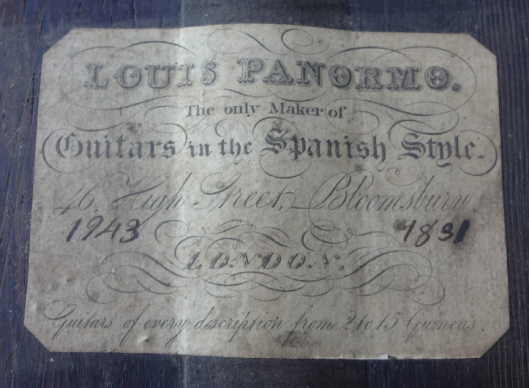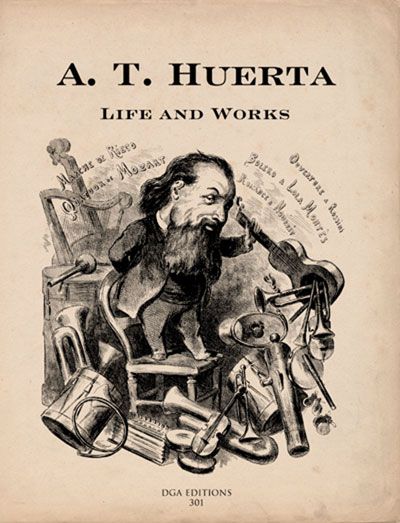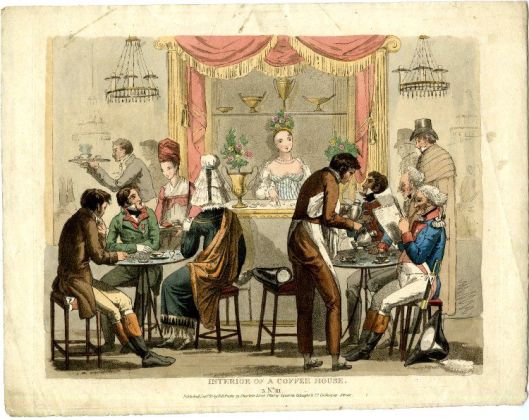Tags
Street View: 27
Address: 4 High Street, Bloomsbury
Although Tallis lists a W.W. Barklimore, surgeon, in the index to his Street View for High Street, Bloomsbury, I have not been able to work out who this W.W. was, There is only one other one mention of him in a directory, but fortunately another surgeon could be found at the same address with the same last name, so this post is about him. Archibald Barklimore enrolled as a student of medicine at the University of Edinburgh in 1799.(1) He did not finish the full doctor of medicine curriculum, but chose to become a surgeon. He went to the West Indies and in 1808 was captured when returning from there by a French privateer off Ireland. He, and a few others who had also been captured by the French, managed to escape. Apparently he had unsuccessfully tried to escape before from Verdun, but was re-captured and sent to Bitche from where the second attempt was made.(2)

Old Hall of the Royal College of Surgeons from their library website
Back in England he became a member of the Royal College of Surgeons (Edinburgh) in 1810 and settled in London. The first mention of him in the Capital is in the 1811 London and Country Directory with the address of 2 Piccadilly. In 1814 and 1818, Barklimore bought some books for Thomas Mcwhirter, who had attended Edinburgh University at the same time as Barklimore. Mcwhirter, however, finished the whole course and became a doctor of medicine and settled in Newcastle-on-Tyne.(3) I guess that he could not so easily obtain the books in Newcastle that were published in London and hence procured them through his friend Barklimore.(4)
In 1822, in Pigot’s Directory, Barklimore could be found at 4 High Street, Bloomsbury. The Tallis index mistakenly lists him at 4 Broad Street, but every other resource, such as the Land Tax records, has 4 High Street as his address. In 1827, Barklimore married Hessey Owens at St. Mary’s, Dover, Kent. According to the announcement of the wedding in The Standard, she originally came from Ireland. In that same announcement Barklimore is listed as of Charlotte Street, Bloomsbury. Hessey died in 1830 and as far as I know, Barklimore did not marry again.
The Electoral Registers for 1832-1837 also give Barklimore’s address as 10 Charlotte Street. And so does Pigot’s Directory of 1839 which gives Wm W. Barklimore at 4 High Street. Who he is, remains a mystery, and he is not mentioned in Robson’s Directory of 1839 which lists Archibald Barklimore at both 10 Charlotte Street and 4 High Street. Barklimore cannot be found at 4 High Street in the 1841 census, but he is resident in Charlotte Street, which would suggest that the latter address was his home and 4 High Street his surgery.
Barklimore’s name crops up in various advertisements for articles that are said to improve one’s health, such as corsets, “spectacle lenses” and “voice conductors”. These last two items, glasses and hearing aids in our parlance, were advertised by Messrs. S. and B. Solomons of 39 Albemarle Street and were, of course, much better than anything that came before as was attested by the gentlemen whose names were listed in the advertisement.(5)
In The Medical Directory for 1845 and in the one for 1846, Barklimore’s name is joined to that of William Simpson, but that partnership had already been dissolved in 1842. Simpson was apparently a common name among doctors and Simpson’s qualifications could not yet be listed in the 1845 directory, but by 1846, they had worked out which of the Simpsons he was. Note that he is still given the address of 4 High Street. Barklimore’s entry is an exact copy of the 1845 one. The British Medical Directory for England, Scotland and Wales of 1853 gives Barklimore as ‘retired’. He died on 2 April 1864 at the age of 86 at Old Quebec Street.(6) A notice in the Belfast News-Letter of 8 April of that year, mentioned that he was the only son of Hugh Barklimore, late of Whitehouse, parish of Carnmoney, which precludes the illusive Wm. W. being a brother. So, Archibald Barklimore originally came from Ireland, but lived most of his life in London.
(1) University of Edinburgh: Matriculation Album, 1786-1805.
(2) Roy Adkins, Roy & Lesley Adkins, The War For All The Oceans: From Nelson at the Nile to Napoleon at Waterloo (2006), unpaginated, but about halfway.
(3) University of Edinburgh: Matriculation Album, 1786-1805. Tentamen medicum inaugurale, de Pneumonia, 1800.
(4) Invoice offered by Richard Ford (accessed 6 May 2016).
(5) The Morning Post, 26 April 1839.
(6) England & Wales, National Probate Calendar (Index of Wills and Administrations), 1864. Estate valued at under £4,000.
Neighbours:
| <– 5 High Street | 3 High Street –> |





















